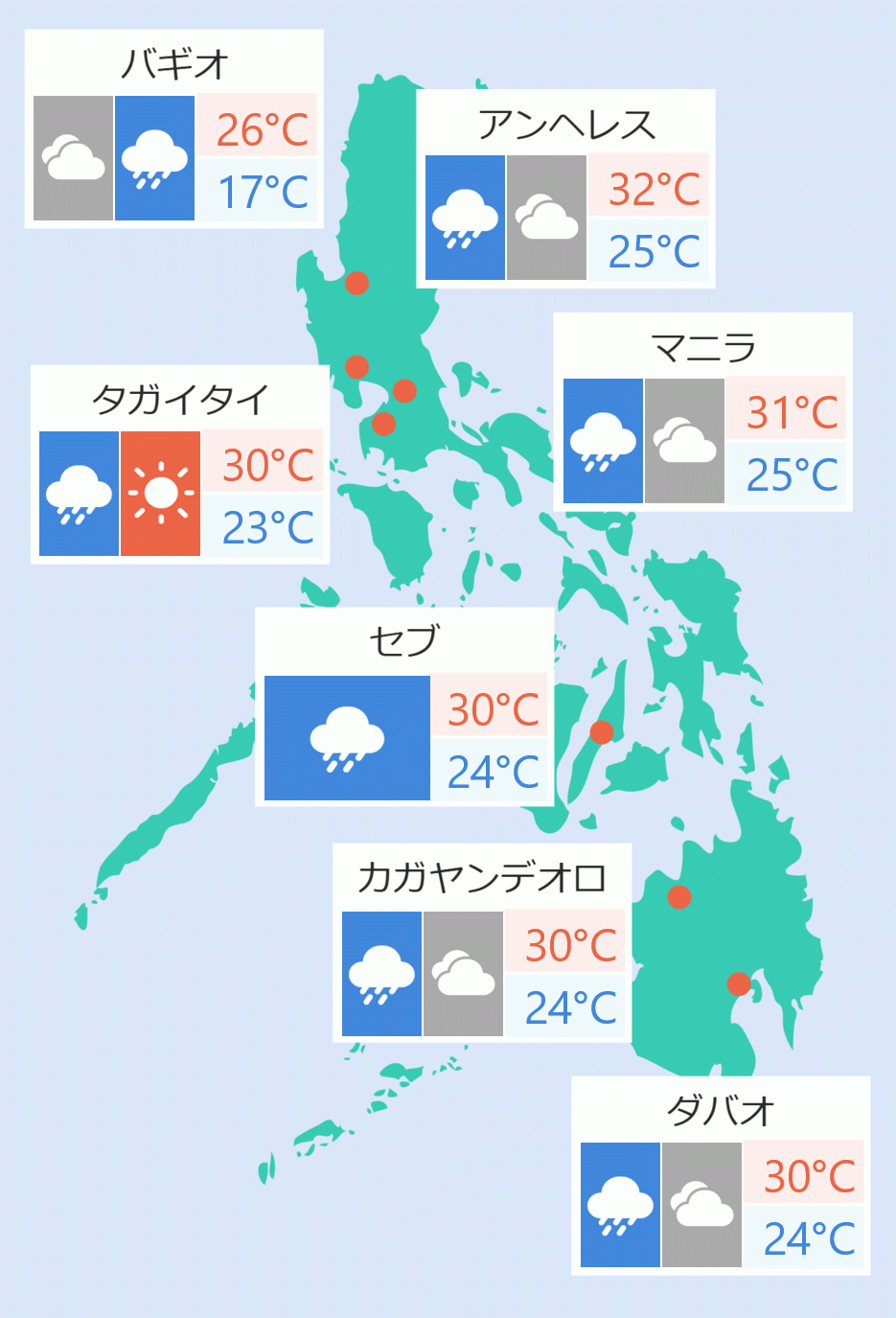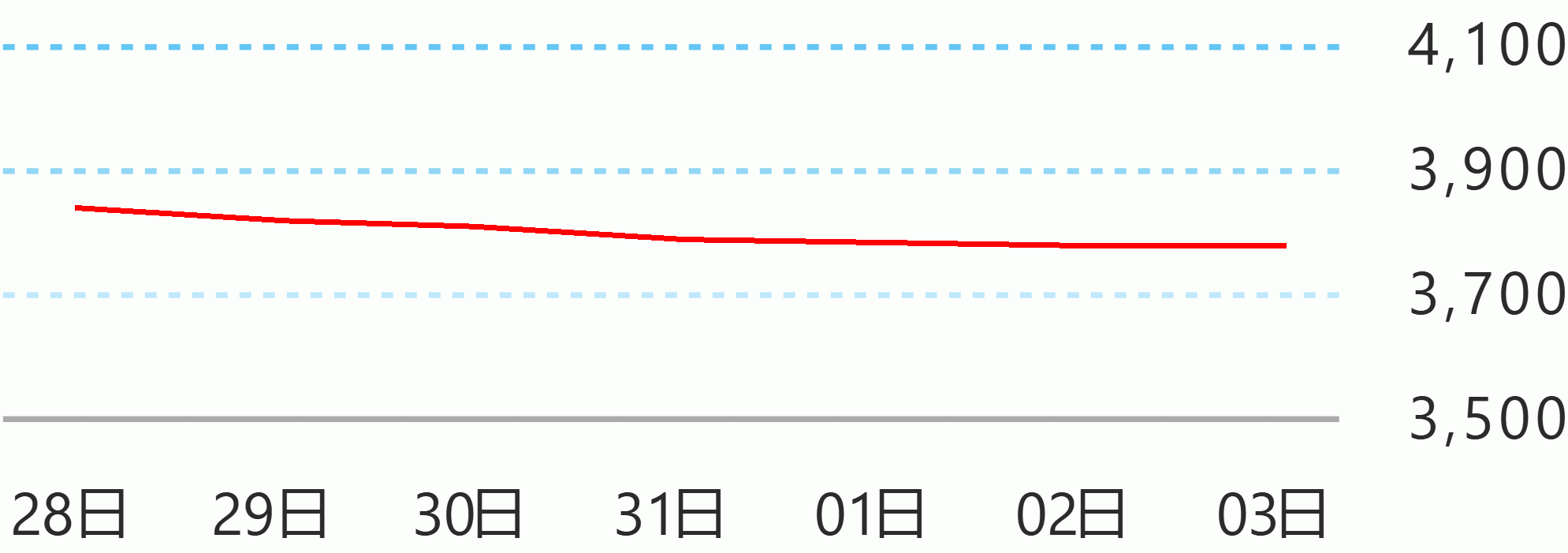The inauguration of incoming President Ferdinand ‘Bongbong’ Marcos Jr. on June 30 will be solemn and simple.
Franz Imperial, one of the heads of the preparation committee for the momentous event, said except for some minor details that are still being finalized, the program is all set.
“The program we have prepared is very solemn and simple. It would be very traditional dahil sabi nga ni BBM sa vlog niya, ‘hindi kami lilihis pa sa tradisyon,’” he said.
The inauguration of the President of the Republic of the Philippines is a ceremonial event marking the commencement of a six-year term of a new chief executive.
The 1987 Constitution mandates the presidential inauguration to occur on June 30, with the President-elect taking his oath of office at exactly 12 noon.
Under the previous 1935 Constitution, the date was December 30, which is also Rizal Day.
The last president who took his oath on a December 30 schedule was BBM's father Ferdinand Marcos, when he assumed his second term in 1969.
Imperial said the inauguration, to be held at the National Museum, will start with actress Toni Gonzaga singing the National Anthem.
He added details for the ecumenical invocation that will follow are still being finalized as of press time.
There will also be a 30-minute military-civil parade.
Imperial further disclosed that after the parade, the inauguration song will follow.
“The inauguration song will be ‘Pilipinas Kong Mahal’ and it will be performed by Cris Villonco and the Young Voices of the Philippines choir,” he said.
As reported earlier, Supreme Court Chief Justice Alexander Gesmundo will administer the oath of office.
While the Constitution does not require it, the oath is customarily administered by the Chief Justice.
Marcos’ inaugural speech has fueled speculations, and while they have yet to receive details of the speech, Imperial said he is sure about one thing - the President-elect will not be needing a teleprompter.
Over the years, various traditions have arisen that have expanded the inauguration from a simple oath-taking ceremony to a day-long event, including parades, speeches, and balls.
Since 1992, the ceremony traditionally begins with the president-elect fetching the incumbent in Malacanang Palace on the morning of June 30.
At the Palace's State Entrance, the president-elect will wait for the incumbent to descend the grand staircase.
Upon meeting at the foot of the staircase, the president-elect would greet the incumbent.
Then both will travel to the Quirino Grandstand aboard any of the presidential cars.
Following protocol, the outgoing president takes the back right-hand seat of the vehicle, while the president-elect is seated behind the chauffeur.
At the Grandstand's parade grounds, the outgoing president will be welcomed with arrival honors, and then shake hands with the president-elect.
The outgoing president conducts a final troop review and is presented to the public before departing the Grandstand aboard his private vehicle.
However, the custom of leaving the Grandstand immediately was broken when Corazon Aquino and Fidel Ramos chose instead to stay until the end of the inaugural ceremonies of their respective successors.
Marcos’ inauguration will also take place at the National Museum instead, since the Quirino Grandstand was not readily available for the preparations needed due to the COVID isolation facilities erected on its grounds.
Traditionally, after the outgoing president’s final troop inspection, the inauguration proper would then begin with the singing of the national anthem.
An ecumenical invocation follows, led by leaders of the different major religions of the Philippines, followed by a patriotic musical piece by a musical ensemble.
Afterward, the president of the Senate of the Philippines reads the Joint Resolution of the Joint Congressional Board of Canvassers proclaiming the newly elected president and vice president.
Since the Third Republic, the vice-president-elect is sworn in before the president-elect to immediately secure the line of succession.
As mandated by the Constitution, the president-elect then takes the oath of office at exactly 12 pm.
Then a 21-gun salute is immediately fired after which the new president would then deliver his inaugural address.
Previous inaugurations saw a full military and civil parade in the same manner as the Independence Day celebrations on June 12 right after the address.
The new president then returns to Malacanang Palace to formally take possession of the residence.
The president then inducts the new Cabinet on the same day and holds its first meeting immediately after.
In the evening, an inaugural reception is held for other officials and foreign dignitaries who wish to call on the new president. Office of Ferdinand ''Bongbong'' R. Marcos Jr





 English
English









